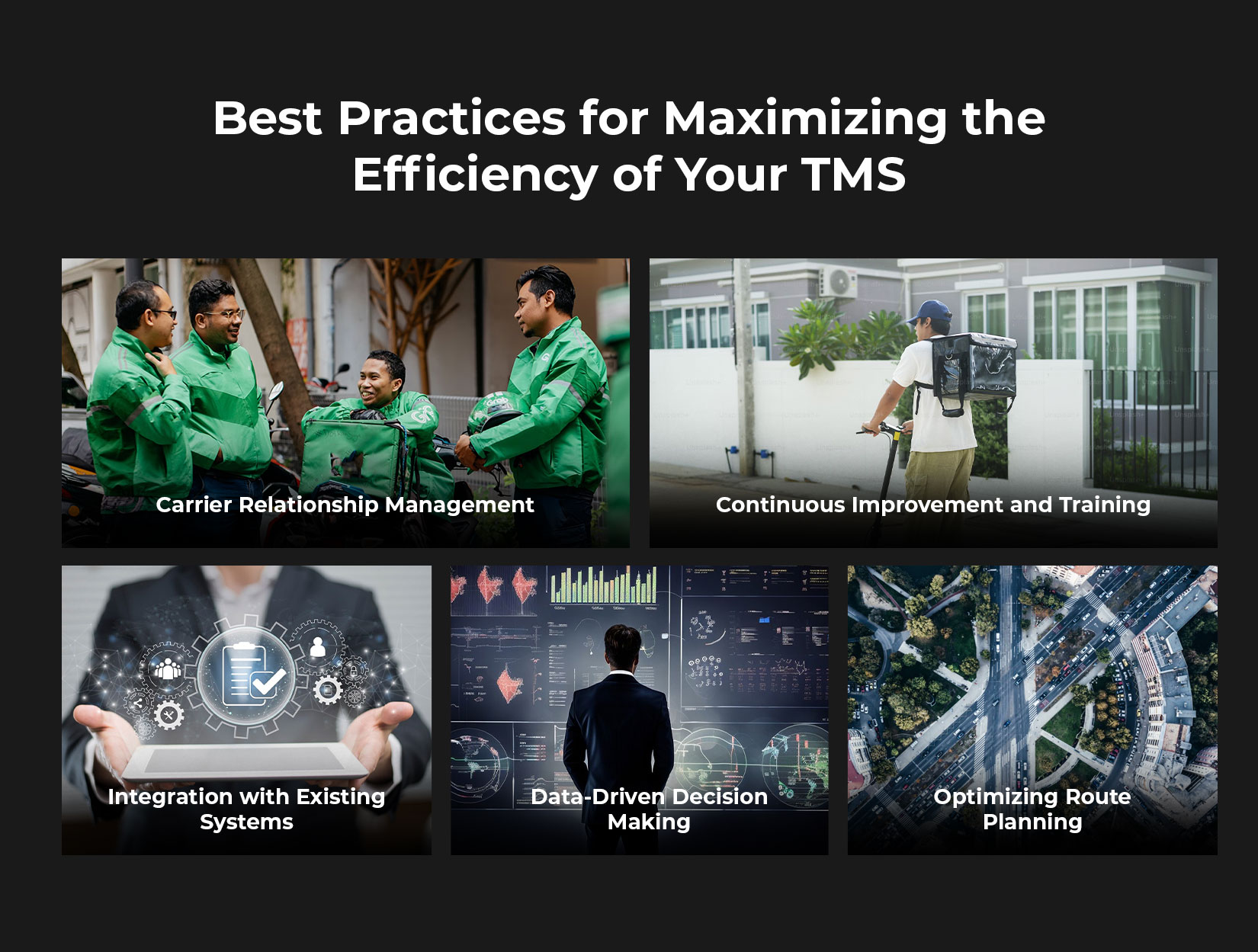
Unleashing the Power of Your TMS: Best Practices for Efficient Transportation Management
In today’s fast-paced logistics landscape, a Transportation Management Software (TMS) is more than a tool—it’s a strategic asset. When leveraged correctly, a TMS can revolutionize your supply chain, optimizing everything from route planning to freight management. However, simply implementing the software is not enough. To truly unleash its power, you must follow best practices that align with your business goals.
Understanding the Role of a Transportation Management Software
A Transportation Management System is software designed to streamline the process of moving goods from one location to another. It offers a range of functionalities, including route optimization, load planning, carrier management, and freight auditing. By automating these processes, businesses can reduce costs, improve delivery times, and enhance customer satisfaction.
According to a report by Allied Market Research, the global TMS market was valued at $9.6 billion in 2020 and is expected to reach $31.18 billion by 2030, growing at a CAGR of 12.1% from 2021 to 2030. This growth underscores the increasing reliance on TMS solutions across industries.
Check out: Your Top 5 Best Transportation Management System In 2024
Best Practices for Maximizing the Efficiency of Your Transportation Management Software

1. Integration with Existing Systems
A TMS is most effective when fully integrated with your existing enterprise resource planning (ERP) and warehouse management systems (WMS). This seamless integration ensures that data flows smoothly across all platforms, providing a holistic view of your operations. For instance, integrating your TMS with your ERP allows for real-time updates on inventory levels, enabling more accurate load planning and minimizing delays.
2. Data-Driven Decision Making
A TMS generates a wealth of data that can be used to make informed decisions. Utilize the analytics and reporting features of your TMS to track key performance indicators (KPIs) such as on-time delivery rates, freight costs, and carrier performance. Regularly reviewing these metrics allows you to identify inefficiencies and areas for improvement.
For example, a study by Supply Chain Dive found that companies using data analytics in their TMS saw a 15% reduction in transportation costs. This statistic highlights the importance of data-driven decision-making in optimizing your transportation processes.
3. Optimizing Route Planning
Route optimization is a critical feature of the best transport management software. By using advanced algorithms, a TMS can calculate the most efficient routes based on factors such as distance, traffic conditions, and delivery windows. Regularly updating your route plans ensures that your fleet is always taking the most efficient paths, reducing fuel consumption and improving delivery times.
According to a report by the American Transportation Research Institute, optimizing routes can lead to a 10-15% reduction in fuel costs. This not only lowers operational expenses but also contributes to sustainability efforts.
4. Carrier Relationship Management
Managing relationships with carriers is essential for ensuring reliable transportation services. Your TMS should have a robust carrier management feature that allows you to track carrier performance, negotiate better rates, and manage contracts effectively. Building strong relationships with carriers can lead to more favorable terms and priority service, especially during peak seasons.
The best transportation management software includes tools for evaluating carrier performance based on metrics like on-time delivery, claims history, and cost-effectiveness. By regularly reviewing these metrics, you can make data-driven decisions when selecting carriers.
5. Continuous Improvement and Training
The logistics industry is constantly evolving, and so should your use of a TMS. Regularly update your system to take advantage of new features and functionalities. Additionally, invest in ongoing training for your team to ensure they are fully equipped to utilize the system effectively.
A survey by Logistics Management found that 75% of companies that regularly update their TMS and train their staff see significant improvements in efficiency and customer satisfaction. This statistic highlights the importance of continuous improvement in maximizing the value of your TMS
FAQs
1. Why is it important to have a transportation management system?
A Transportation Management System (TMS) is crucial for optimizing routes, reducing costs, and improving efficiency. It streamlines logistics, enhances visibility, and ensures timely deliveries, ultimately boosting customer satisfaction and operational performance.
2. How does a TMS system work?
A TMS works by managing and optimizing transportation processes. It integrates with other systems to plan routes, schedule shipments, track deliveries, and manage carriers. It provides real-time visibility and data analysis to improve efficiency and reduce costs.
3. What is the best transportation management software?
1. LogiNext
2. FreightPOP
3. OnFleet
4. Tailwind TMS
5. Omnitracs
Conclusion
A Transportation Management System (TMS) is a powerful asset that can revolutionize your logistics operations. By adhering to best practices—such as integrating with existing systems, utilizing data for informed decision-making, optimizing routes, managing carrier relationships, and committing to continuous improvement—you can fully harness the capabilities of your TMS. As the logistics industry evolves, staying ahead with the top transport management software is crucial for maintaining a competitive edge and operational efficiency.
Choosing LogiNext’s transportation management software is a strategic decision that guarantees your business’s success now and in the years to come. Click the red button below to book a demo and safeguard your business’s present and future.
110







@LogiNext